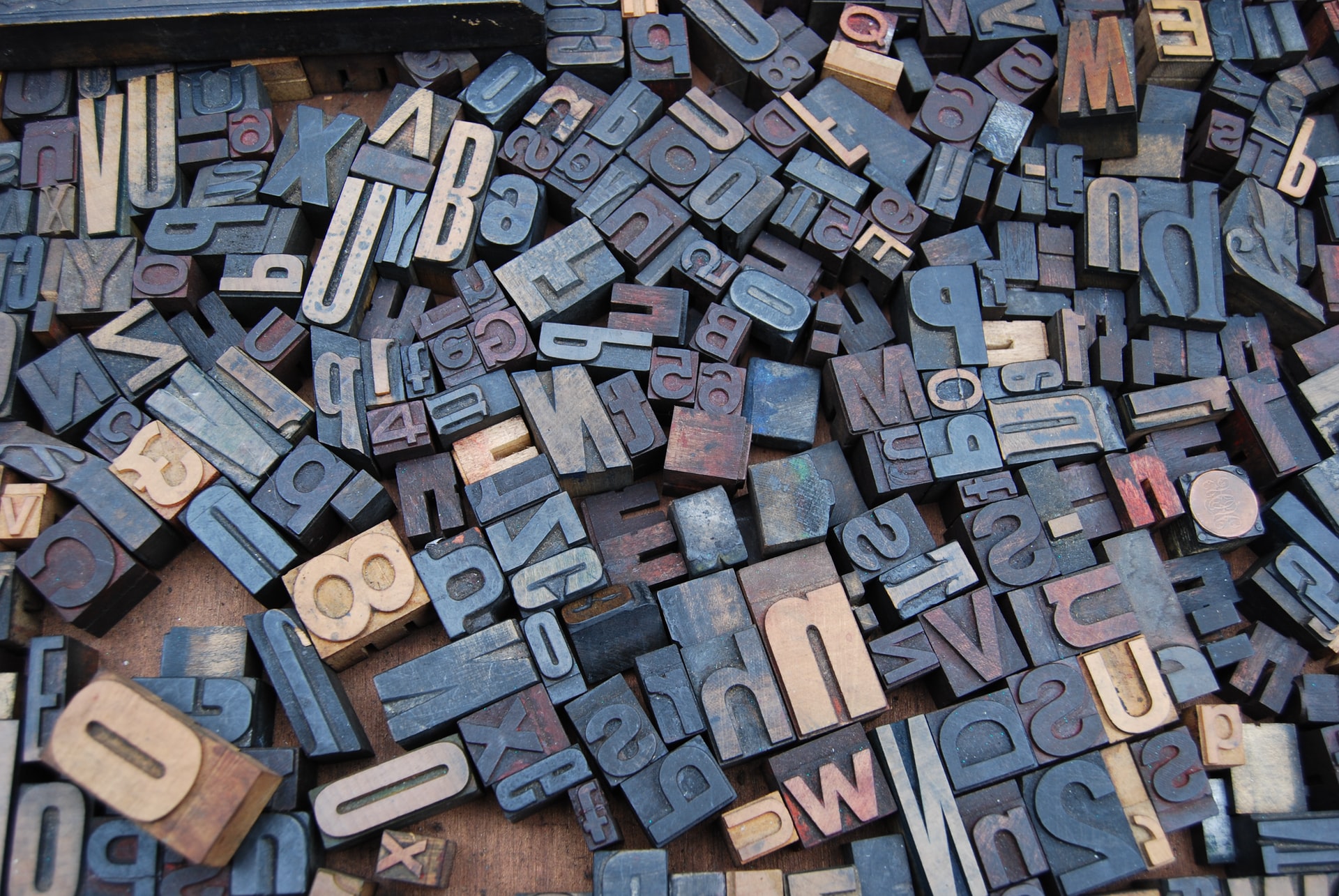
Sponsored article
Publishing your own book used to be an option only for a few. Nowadays, a lot of independent publishing houses decide to publish young, unknown authors, thanks to which more and more beginning authors have a chance to exist and share their works with a wider audience
Your chances of getting your book published will certainly be improved by properly preparing your material before submitting it to a publisher. Here are some tips on how to prepare your book for print
As you explore the issues involved in preparing a book for print, you are bound to come across the acronym DTP. For a layman in this subject this term is very enigmatic, but it is worth knowing what it means
DTP itself comes from the English abbreviation of desktop publishing. It is a set of activities including preparatory work connected with printing a given publication. DTP is characterized by the fact that the entire process takes place on a computer. Such solutions are used, among others, by digital printing houses. DTP includes such activities as: preparing illustrations and graphics, preparing the appearance of each page of the book and text assembly.
The most popular word processor, Microsoft Word, is not always the best tool for writing a book. Yes, the initial version can be written in this program, but before meeting with the publisher, it is worthwhile to format the text properly to make it look more professional.
When writing text in Word, avoid using so-called “soft enters” and spaces and tabs for text alignment. The final establishment of the text’s form lies with the DTP operator, but a properly prepared text shows your awareness and professionalism. For more tips on preparing text for print, visit https://www.totem.com.pl/poradnik.
Your text will be aligned in terms of font, spacing, etc., and cleared of any remaining Word style.
Proofreading will look for typographical, punctuation, spelling and syntax errors. Double spaces will be corrected, as well as other text elements
Once the file has been completely cleaned of errors and formally prepared, you can proceed to the so-called “text breaking”. This is the process whereby individual title and subtitle styles are added to the draft book, as well as tables, footnotes and other modifications necessary for the book.
Once the content and form of the book are mastered, it’s time to think about the cover design. Usually, authors opt for a theme that relates to the plot or characters. Some engage illustrators and graphic designers, while others prefer to frame the cover with a photo
No matter which option you choose, trust the experts, give them your vision and guidance, but leave the final cover design in their hands. Artists know best how to compose a good book front. While you shouldn’t judge literature by its cover, you have to admit that eye-catching graphics make readers more likely to reach for it out of curiosity. If you don’t want your item to drown among hundreds of others on store shelves, take care of the original design
Main photo: Amador Loureiro/unsplash.com